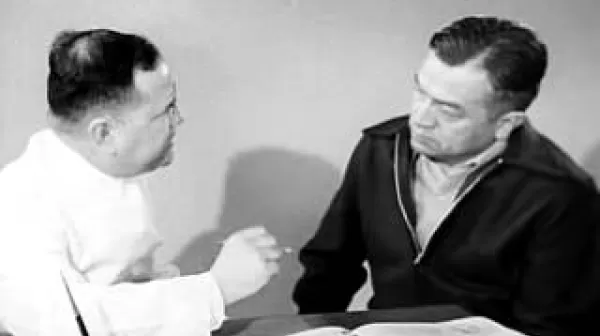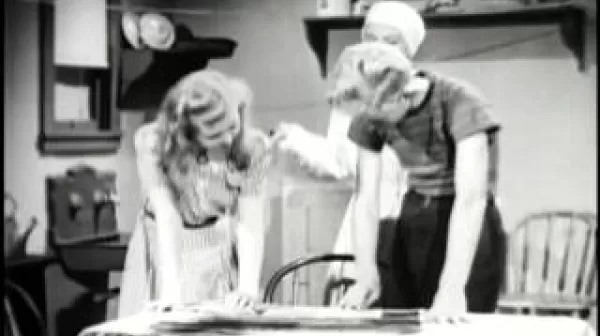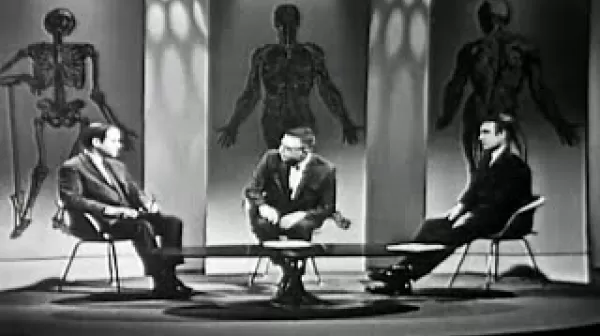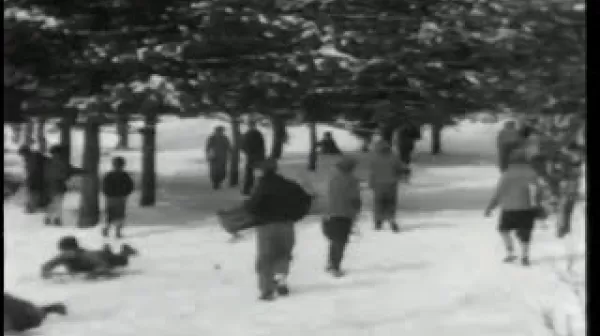Those People: AIDS in the Public Mind (KQED Current Affairs Department, 1987)
Documents the lives of a number of San Franciscans living with AIDS/ARC who have tried to face society's terror and paranoia. Shows the efforts of friends and families of AIDS victims who steadfastly support their loved ones, the efforts of the Shanti Project to provide physical and psychological services to AIDS/ARC victims, and the personal efforts of Bobby Reynolds who has confronted society's fears through his writings and speeches.










